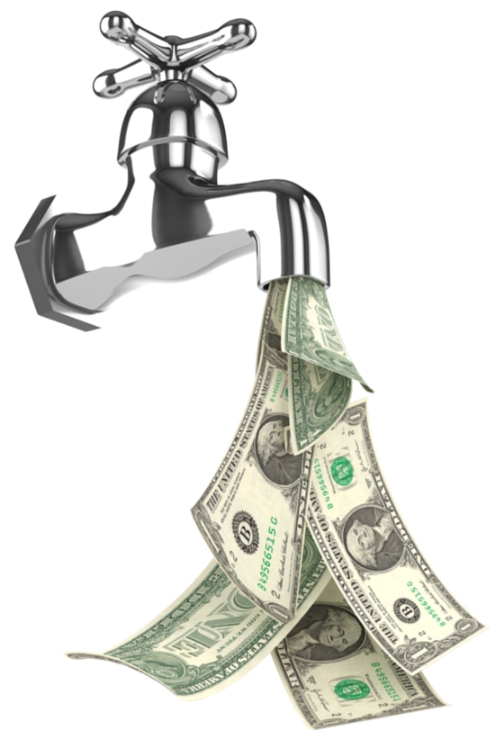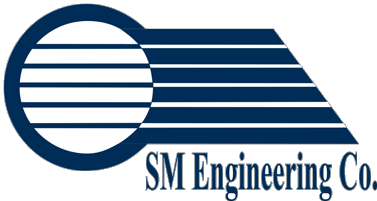 SM Engineering has been reviewing electric, gas and water/sewer bills since 1982. We review thousands of utility bill costs each year and we’ve seen bills from all 50 states.
SM Engineering has been reviewing electric, gas and water/sewer bills since 1982. We review thousands of utility bill costs each year and we’ve seen bills from all 50 states.
Some of the most common utility bill cost errors that we see are:
1. Utility Rate Options. Most of the utility companies offer many rate options such as small, medium and large, as well as, a time of day option, demand control option and demand vs supply. Substantial savings can be achieved by selecting the best rate that matches your life style.
2. Classification. Make sure that you are charged on the correct classification. The main 3 classifications are residential, commercial, and industrial. Add to these other options such as elderly, special zone pricing discounts for economic development and it takes an expert to select correct categories.
3. Meter Reading Errors: Errors can happen. SME had experience with one utility on time of day meter readings. The readings were read backwards resulting in much higher cost. SME determined that the readings were wrong and the utility company corrected their mistake and issued a credit.
4. Zero Usage Meters. Billings in review: zero usage meters can happen because of abandoned meters or meters that are used very occasionally such as fire testing. However, a careful review can result in removal of meters and resulting in substantial savings.
5. Incorrect Applications of Tariffs. Many utility companies may not change the correct taxes on the bills. There are many different taxes such as city tax, county tax, state tax, federal tax, franchise fees etc. A careful review can result in substantial savings.
6. Late Fees: If you see a late fee charged on your bills it could be an error, or you need to review your payment policies as this can add substantial cost. It’s worth a call to your utility company to request clarification on late fees and request a reversal.
7. Gaps in Billing Dates. Look at your bills for dates and usage. If you see that there is a gap or overlap of dates, then it needs to be checked out further.
8. Abnormal Billing Period. If the billing period is very long, say 40 days, this needs to be investigated.
9. Load Factors Greater Than 1.0. Load factor greater than 1 means that there is a problem with the bills. The load factor can’t exceed 70%. In rare occasions it can happen and the bills need extra scrutiny.
10. Abnormal Usage. If the usage spikes suddenly then something may have gone wrong such as a leakage or some equipment is left on by mistake and needs further investigation.
11. Power Factors Less Than 0.9. If the power factor is less than 90% many utility companies penalize the user and should be checked.
12. Demand Charges. Demand charges can add up to 50% of the electrical bill. A careful analysis of these charges may find substantial savings. We have found mathematic errors, misapplied ratchet clauses, and demand meters not reset.
13. Water Bills Based on Meter Size. Meters can vary from ½” to 12” meters and a monthly charge can be rather high for large meter sizes. Downsizing the meters can result in substantial savings.
14. Sewer Bills Based on Water Bills. Very few times sewer lines have a separate meter. Careful examination can result in substantial savings. Sewer charges can be lowered by taking into account for sprinkler systems and water evaporated that did not go into the sewer.
For help understanding your utility bill or to schedule your no-cost, no-obligation utility bill audit, contact SM Engineering today.


